Never before have we seen the number of beef finishing herds that deliver such a significant proportion of the cattle kill to the factories in such clarity.
In every parish we all know the significant cattle buyers and finishers. Yes, they take on big risk and investment for a relatively small margin. However, it’s not until you put it on a national scale that you can see the potential market impact.
The movement is both ways. The big herds and buyers are getting bigger and the small operators are leaving the direct-to-factory route. Adam Woods outlines the numbers slaughtered in each scale level, but the smaller operators may well be selling finished cattle in the mart rather than the factory, hence they don’t appear in this dataset.
So smaller operators may still be in the finishing game and have taken a decision to go to the mart to sell finished cattle rather than the factory. Logic and the prices achieved in marts would suggest they were right to sell finished cattle in the mart last year and at the moment.
This seems to be a better option for smaller operators and potentially allows more price competition for their stock rather than going straight to the factory. Proximity to a mart helps farm decision-making on this.
So what are the potential trade implications? In my opinion, it essentially means the meat factories can focus any forward or contract pricing to a much smaller number of farmers. They don’t need to offer a forward or cost-plus contract to smaller finishing farmers. If you’re a smaller finisher without a contract, know you are playing against deeper pockets that also buy inputs more cheaply. The gamble has become too much for many small operators.
Seasonality
There is no recognition for cattle finishers around higher production costs during winter. Winter-produced milk attracts a premium in the dairy sector to reflect the higher cost of production. This premium is not available to cattle finishers or at least not to the ordinary farmers finishing relatively small numbers of cattle every year. As there is no seasonality bonus or no future price commitment available, many are not taking on the risk of investing huge money in stock where a 10c/kg shift in beef price or the death of an animal could wipe any margin.
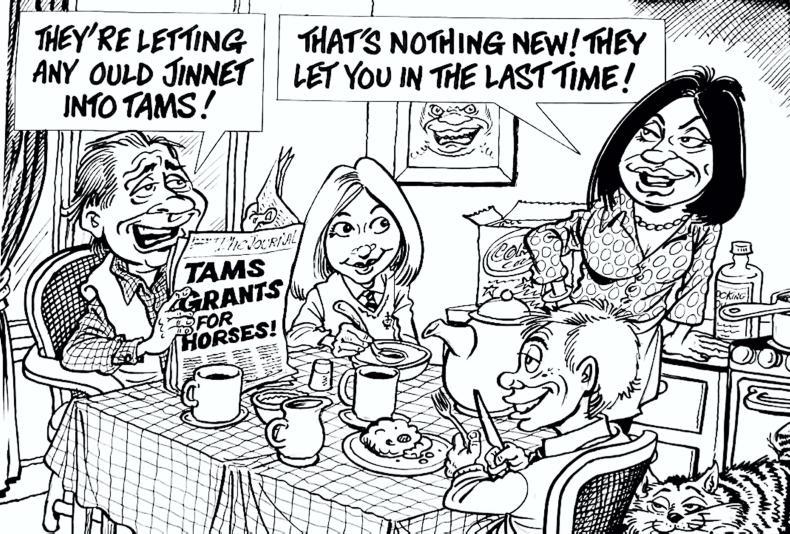
For the meat factories, the drive to centralise finishing units with factory-aligned farmers makes perfect sense. They have a steady stream of cattle available effectively on demand and, more importantly, they have a vision for where the cattle are coming from in the coming weeks and months. Smoothing out the seasonality curve makes perfect sense also, and improves efficiencies at factory level. If that costs the factory a certain amount of money to a very small number of farmers, rather than lifting base price for all, then it’s the best money factories can spend. The factories can then top up in the marts as required depending on demand requirements.
What do farmers do?
We have to aim for improved price transparency and future contract pricing to allow farmers make informed decisions for large investments. Otherwise, smaller operators are just going to vote to leave what is now a specialist finishing game.
We can’t blame the factories for attempting to meet all-year-round supermarket contracts. We have to acknowledge that store cattle sellers will see some of the price passed down along.
But is it right that the we are placing our industry in the hands of a chosen few large finishers?
Think of the available forward dairy and grain markets in Ireland. They offer milk suppliers and grain farmers an option. Farmers can make up their minds to lock in and effectively set a margin, if costs are stable, or they can choose to continue to flow with the market and take a bigger amount of risk.
This doesn’t exist for cattle farmers. Many cattle farmers this year looked for a forward contract, but none was forthcoming. Inevitably, with the rising cost base, some didn’t take the risk and left sheds empty. Is that the future? Will factory agents struggle to get finished cattle very soon or is the exit of smaller operators already well under way?




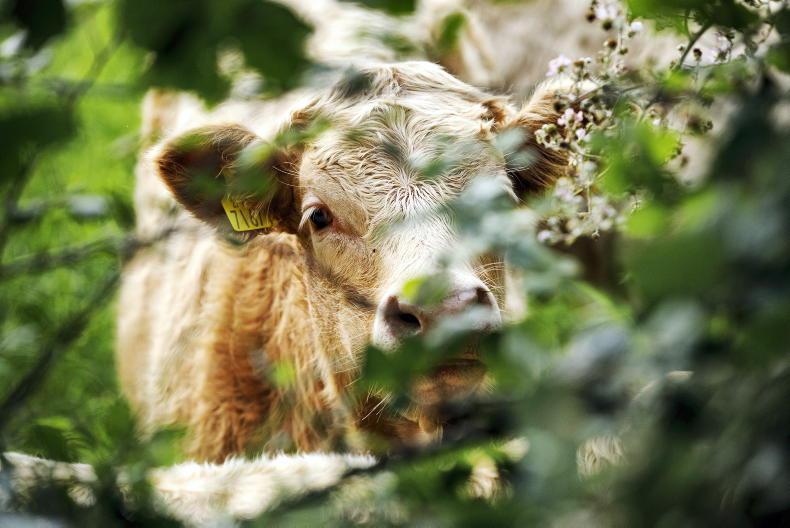
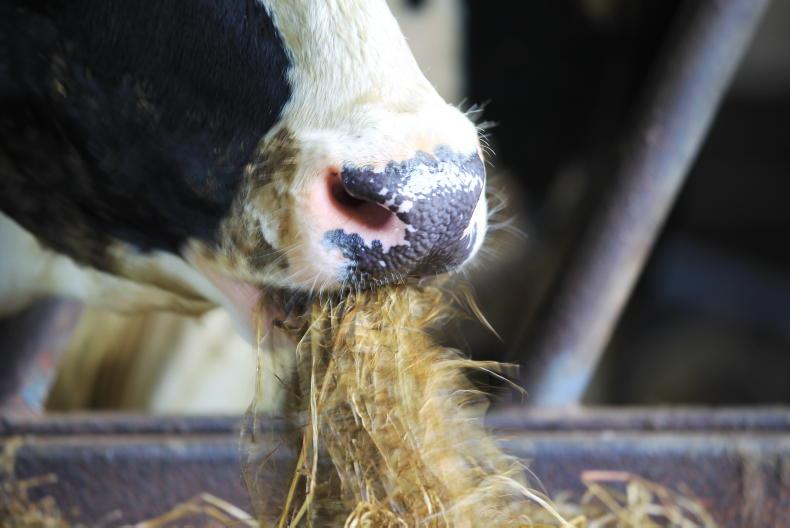

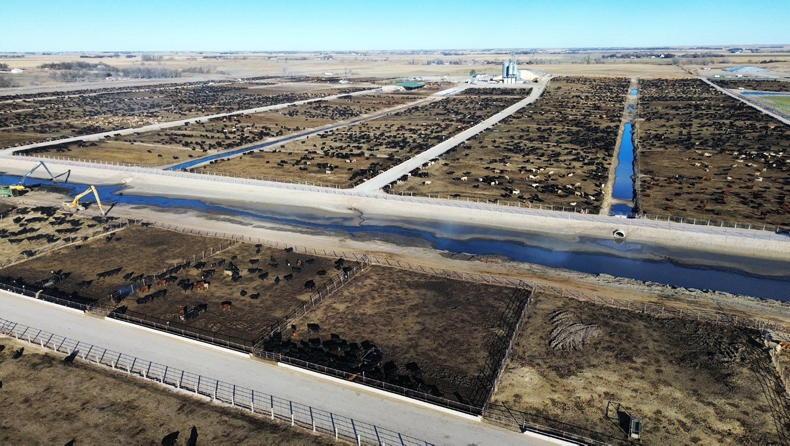
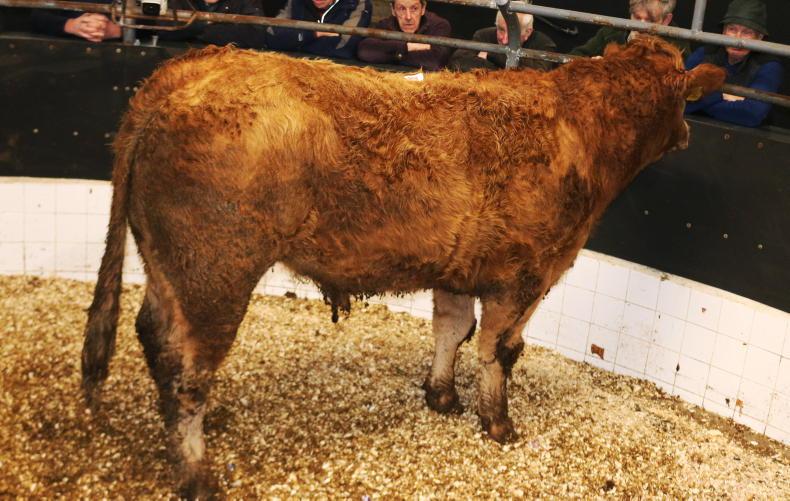
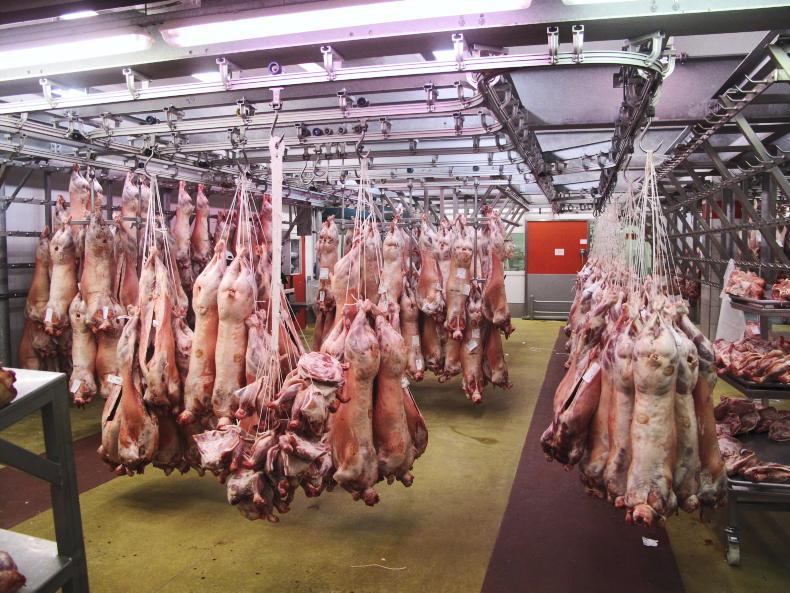
SHARING OPTIONS